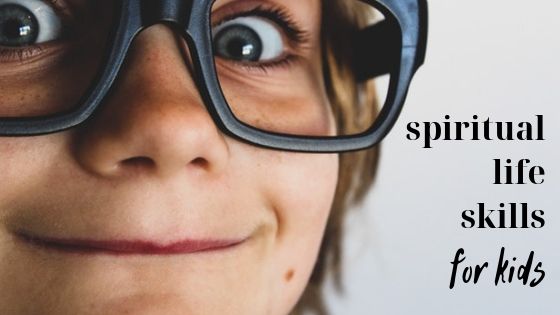
I don’t know about you, but back-to-school prep is real, folks.
Your kids are asking if they need shots (which makes you, in turn, ask if they need shots.) You’re buying 8-packs of dry erase markers, enough pencils to take the SAT every day for an entire year, and wondering if you could still repurpose that lunchbox with the barbecue sauce stain on it that looks like Ronald Reagan.
But what if the most important prep for our kids isn’t whether they have enough index cards or squeezy applesauces?
How can we kickstart this year with a mindset of compassion?
1. Start the discussion.
As you prep to return–or in the first couple of weeks–have conversations that matter.
- Who are kids who are different from everybody else in your class?
- Who are kids in your school that don’t really have friends? Why do you think that is?
- What do you think it might be like to be that person in school?
- What’s one thing you could do to help them feel more included, and stand up for them a little bit?
- When we think about our school or town, what groups of people might feel left out, or might not have what they need?
- Are there kids you know who aren’t Americans, or who don’t look like everybody else? What do you think it’s like to be them?
- Is there anything you could do to make them feel more included?
- What’s one thing our family could do that would help?
Feel free to develop a vision as small or as large as your child’s/family’s vision and capacity—anything from inviting a child or a family over for dinner, to helping your child organize a coat drive.
Empower kids to dream big about helping.
(Concerned your family’s help will make things worse? Adults can check out Helping Without Hurting in Church Benevolence: A Practical Guide to Walking with Low-Income People.)
2. Help them see the flipside.
When your kids set that (barbecue-sauce-resilient) lunch bag on the counter at the end of the day and start dishing about what went on at school, help your kids see what might lie behind appearances.
See, years after a particularly scathing mean-girls year in high school, I found out one of the main perpetrator’s parents had been on the brink of a divorce that later materialized. How might that have affected her?
After you’ve made your child feel heard in their frustration or other emotion, it’s a great time to help them imagine what it might be like to be hashtag thatkid.
Why might that kid be mocking someone else? How might it feel to be the only one of your ethnicity? What’s it like day-to-day to have that health or learning problem?
Then–
3. Start praying for the situations and people your kids bring up.
Prayer has a way of not just bringing God in, but of course changing us.
Once each night–or in the morning before you slap them on the backpack and shove them out the door (“Wait! You forgot, like, 41 permission slips!”)–pray for one person they know is struggling.
And following those after-school talks? Pray compassionately with kids for their enemies, too.
If kids don’t want to talk about it but just want you to pray? Obviously, that’s not the best-case scenario, but consider starting a “prayer jar”. Keep slips of paper sitting next to it for kids to write on and drop in.
Eventually you can ask, “Anything from the prayer jar you want to talk about?”
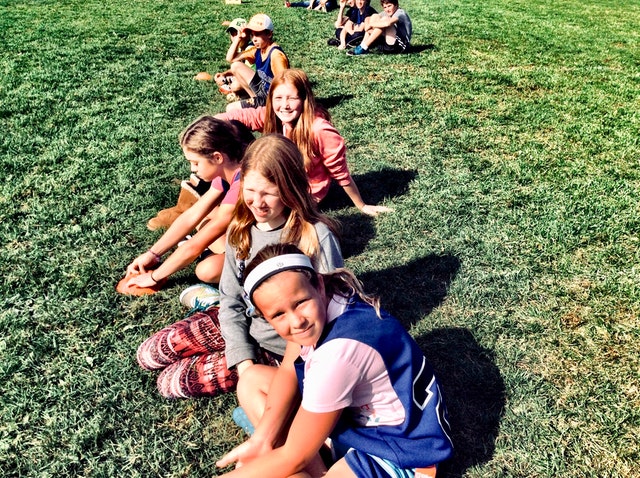
4. Inspire them through books (and the talks you’re sure to have after).
I love me a good book list. (I may have a teensy addictive problem with used books.) Suggestions:
Picture books (some of these are tear-jerkers!):
(Note: These are Amazon Associates links–which help me continue to provide resources for you.)
Those Shoes, by Maribeth Boelts
Boxes for Katje, by Candace Fleming
The Orange Shoes, by Trinka Hakes Noble
Beatrice’s Goat, by Page McBrier
Stone Soup, by various authors
Apple Pie for Dinner, by Susan VanHecke and Carol Baicker-McKee
The All-I’ll-Ever-Want Christmas Doll, by Patricia McKissack
The Firefighters’ Thanksgiving, by Maribeth Boelts
How Many Days to America? by Eve Bunting (Great for teaching kids about refugees!)
Say Something! by Peggy Moss and Lea Lyon (Good for talking about bullying.)
Mufaro’s Beautiful Daughters, by John Steptoe
Listen to the Wind, by Greg Mortenson
The Lady in the Box, by Ann McGovern
Chapter books for read-alouds:
Wonder and Auggie & Me, by R.J. Palacio
El Deafo, by CeCe Bell
Out of My Mind, by Sharon M. Draper
A Long Walk to Water, by Linda Sue Park
You Were Made to Make a Difference, by Max and Jenna Lucado
Rules, by Cynthia Lord
What books do you love that teach compassion? Leave a note in the comments section!
3. Invite an international student for dinner—especially from a closed or impoverished country.
The vast majority of students right down the street from closed countries won’t be invited to an American Christian’s home in their years in the U.S.! Help your kids learn in advance about the student’s country, and be prepared with good questions.
Grab ideas here to reach out to an international student.
4. Adopt a refugee family.
Welcome them to your home for holidays. Celebrate their birthdays. Invite their kids to play. Cart them to immigration or doctors’ appointments.
5. Buy a scratch-off map. Start praying for the world.
Download the Operation World app for specific prayer requests. We’ve done this at bedtime, off and on; my elementary-aged son loves pressing the “I am Praying” button in the app each night.
6. See people for their stories rather than their role toward us.
Remember the impossibility your kindergarten teacher actually went home and had a life outside of your elementary school?
From the checker in Wal-Mart to the janitor at the mall, call people by name. Ask about their day (you’ll be amazed the snippets of life stories people will share from a few little questions).
Thank them for their work as you pick a few paper towels off the floor. (Sometimes the smiles and looks of surprise are priceless.)
We empower people when we imagine and honor the context they’re coming from.
7. Around town, strike up conversation with immigrants and people of other races.
Get to know their names, their stories, and what it’s like to live in your city.
As your connections deepen, make efforts to take them out for coffee. Meet them at the park for a playdate. Invite them for dinner.
Don’t just have compassion. Live compassion.
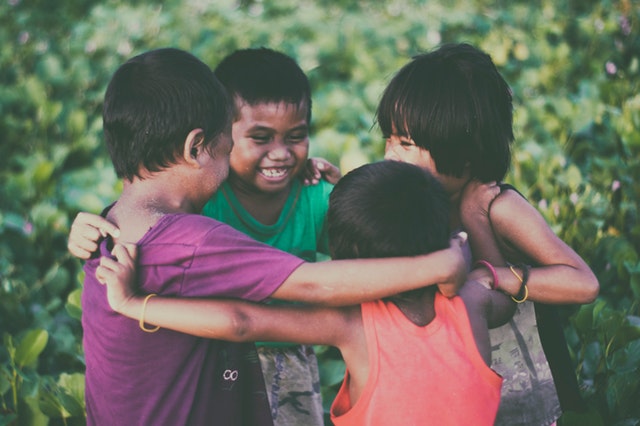
8. Make two.
In my last post on helping kids learn the life skill of community, I mentioned a mysterious Muffin Bomber (who also has been known to bomb another friend with llama-shaped gummies and Dr. Pepper. But I digress).
Two weeks ago, my culinary-oriented son had an itch to make a lemon meringue pie. I was cool with that. As long as he
- cleaned up his mess, de-stick-ifying my kitchen (“Leave no trace” is the rule.)
- made two of them. We could noodle on who to give #2 to.
It worked. My daughter thought of a neighbor we had yet to meet, who we knew was about to deliver a baby. So she got a little pie, and my kids got to think through who could use a little pick-me-up.
9. Make sure your kids know people who are different–not just know of them.
It’s a lot harder to be hard-hearted when our labels for people turn into actual…people, and their stories.
Help kids know and love their neighbor: Their black neighbor, their refugee neighbor, their gay neighbor, their neighbor from the trailer park, their neighbor from the opposite political party.
You get the idea.
10. Make the most of conflict.
Today, the same culinary son was making his beloved Hasselback tomatoes. However, when he turned the oven to 525 F…he burned the bread I’d had rising inside.
Immediately, he was defensive. But a few minutes later (after he was done hollering at me for leaving the dough in the oven?) I asked softly how he might feel if, a few days ago with the pies, I had turned on the oven and burned his.
He could understand where I was coming from.
When kids are arguing, give them a chance to cool down. Then ask, “What do you think it would be like if…”, using the illustration of something that’s precious to them.
Help kids internalize empathy.
Help us out. What’s worked as you teach kids compassion?
Like this post? You might like
Spiritual Life Skills for Kids: The Series
Spiritual Life Skills for Kids: Living in Community
Compassion–and What We Step Over (or, the Good Samaritan who Wasn’t)
Guest post: 12 Discussion Starters to Help Kids Think Personally about Poverty
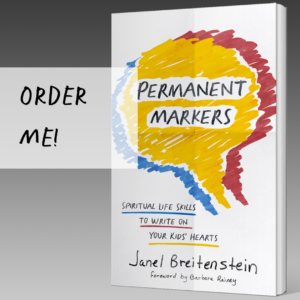
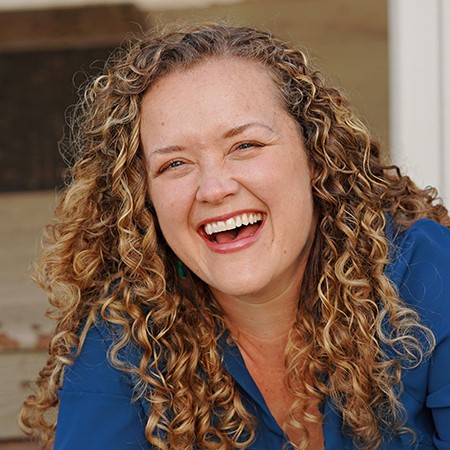

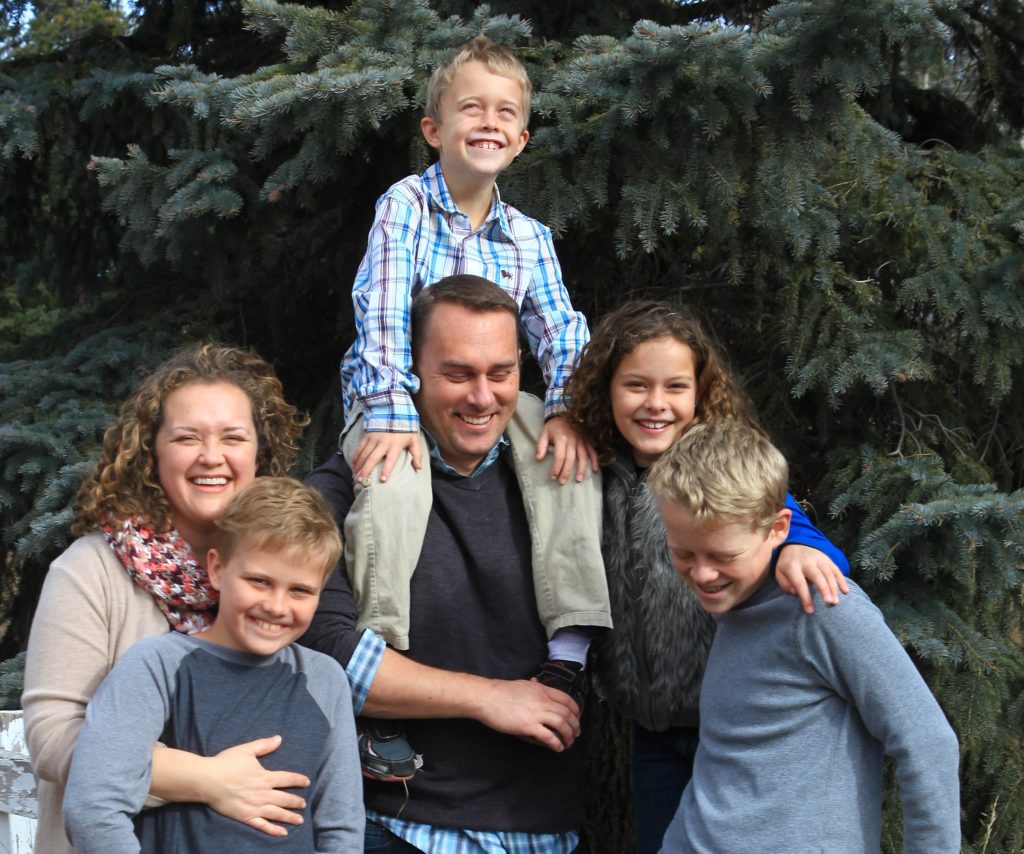

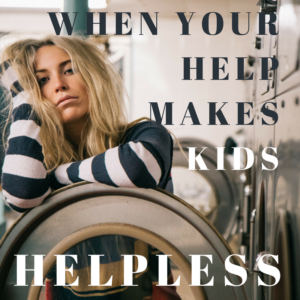

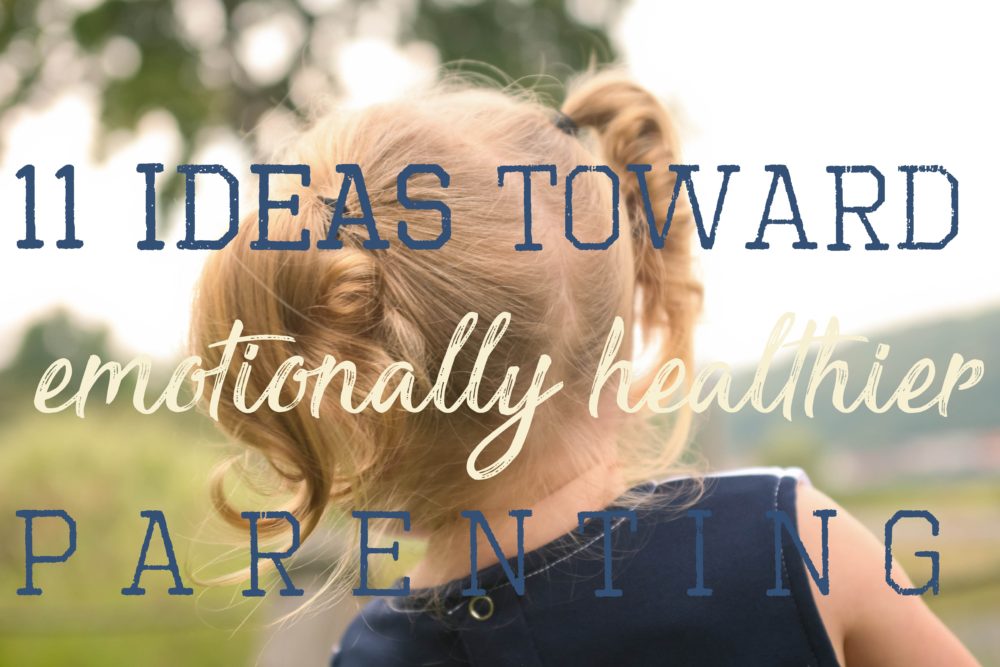

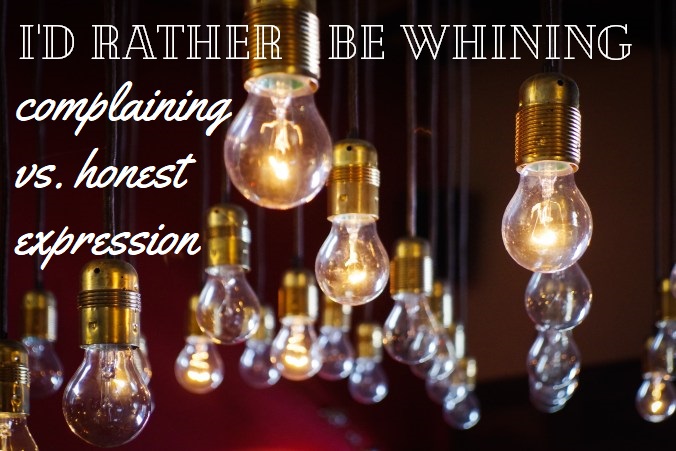

![Now You're Speaking My [Love] Language Now You're Speaking My [Love] Language](https://www.janelbreitenstein.com/wp-content/uploads/2015/08/love-languages-text-1.jpg)





Leave a Reply